TPO - In order for the North-South high-speed railway to start construction in 2027 and be completed in 2035, along with the proposal to approve the investment policy, the project is expected to propose the National Assembly to allow the implementation of a number of special policies.
The Ministry of Transport is urgently completing the draft report on the pre-feasibility study of the high-speed railway project on the North-South axis in time to submit to the National Assembly in the upcoming session.
According to information from Tien Phong reporter , the agency drafting the project proposed many specific policies during the implementation of the high-speed railway project.
With the need to use about 10,800 hectares of land, to speed up the site clearance progress, the project recommends allowing the appointment of contractors for the package (consulting, consulting fees, construction and installation) to carry out compensation, support and resettlement work to serve site clearance.
The project proposes policies to shorten the time for establishing, appraising, and approving adjustments to general planning for urban areas around the station, and to increase decentralization for localities to participate in the project implementation process.
In particular, to facilitate domestic enterprises to participate in the development of the railway industry, the project proposes to create a special mechanism allowing investors of high-speed railway, national railway and urban railway investment projects to request general contractors and contractors to transfer technology; investors are allowed to order domestic enterprises to supply vehicles and equipment that can be produced domestically. The Prime Minister decides on the list of vehicles and equipment to be ordered and the enterprises to be ordered and assigned tasks.
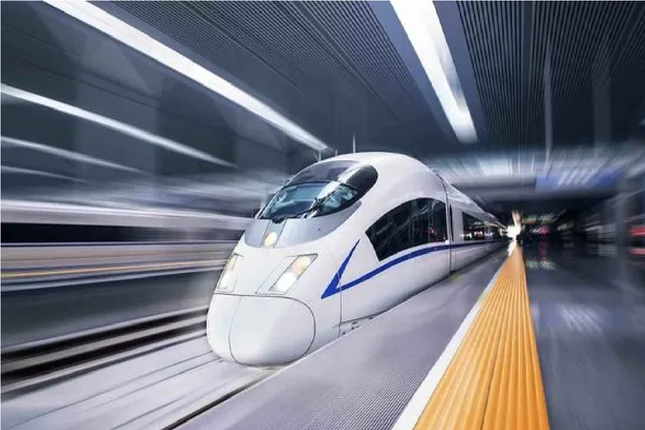 |
The North-South high-speed railway project needs a special mechanism for implementation. Illustrative photo. |
The bidding documents for EPC (engineering, procurement and construction) packages are supplemented with criteria and principles binding foreign contractors on the rate of use of domestic goods and services, joint ventures, associations and technology transfer to domestic enterprises.
The EPC contract is accompanied by a commitment to use a certain percentage of domestic goods and services, with priority given to contractors capable of arranging loans for infrastructure investment at appropriate capital costs (with a commitment from the Government to provide loans).
The vehicle part has binding conditions on technology transfer, operation training, maintenance within 5 years, joint venture with domestic enterprises to assemble about 30 - 40% of the number of supplied carriages, and at the same time add products, materials, and equipment belonging to the railway industry that need priority to the list of key mechanical products in the development strategy of Vietnam's mechanical industry as a basis to enjoy preferential policies.
According to the Ministry of Transport, the goal is to form a consortium of domestic enterprises to receive and transfer technology, research and develop, master operations and maintenance, gradually produce replacement components and equipment, information and signal systems, assemble and build new train cars.
It is expected that Vietnam Railways Corporation (VNR) will be the unit receiving management, operation and exploitation of the entire infrastructure of the route; assigned all means and equipment for exploitation and responsible for repayment of investment costs. VNR will form 2 enterprises: One enterprise for management and business and one enterprise receiving investment means from the project for transportation business.
According to the consulting unit's calculation, after 3 years of putting the entire route into operation, revenue from transportation can balance operating costs, vehicle maintenance, infrastructure maintenance and infrastructure fee payments to the state.
In 2036, estimated revenue from the high-speed railway will reach about 1.79 billion USD; operating and maintenance costs will be about 0.77 billion USD (of which vehicle operation and maintenance is 0.5 billion USD; maintenance is 0.27 billion USD; expected infrastructure rental fee is 0.14 billion USD).
Source: https://tienphong.vn/de-xuat-chinh-sach-dac-thu-xay-dung-duong-sat-toc-do-cao-bac-nam-post1681797.tpo


![[Photo] Opening of the 14th Conference of the 13th Party Central Committee](https://vphoto.vietnam.vn/thumb/1200x675/vietnam/resource/IMAGE/2025/11/05/1762310995216_a5-bnd-5742-5255-jpg.webp)


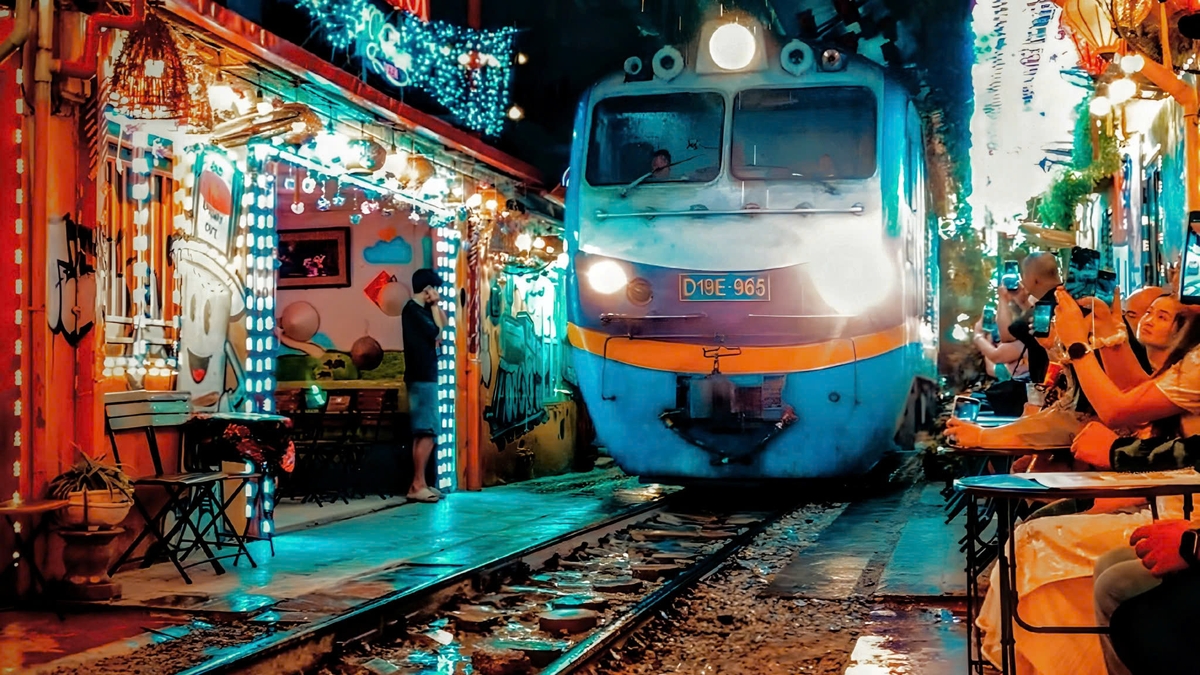




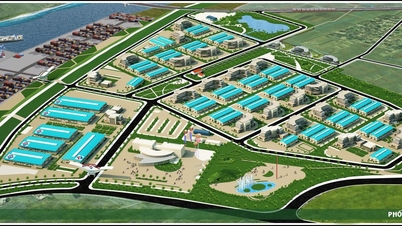

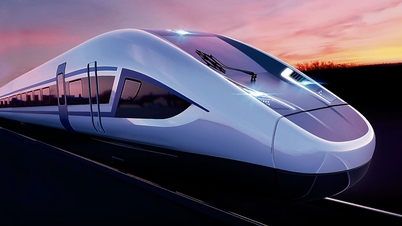

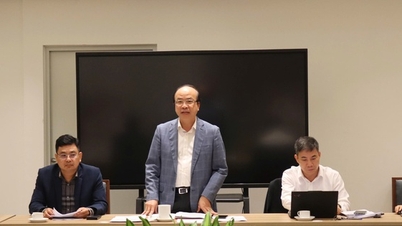

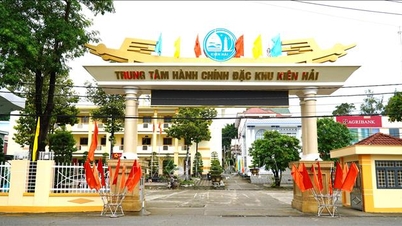

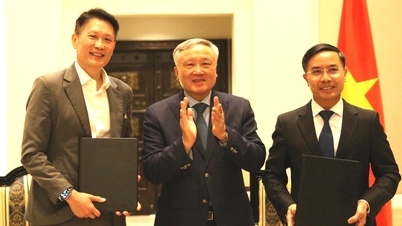




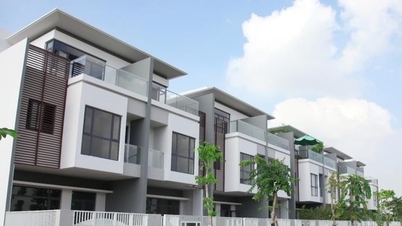








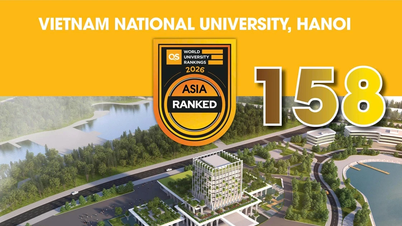





![[Photo] Panorama of the Patriotic Emulation Congress of Nhan Dan Newspaper for the period 2025-2030](https://vphoto.vietnam.vn/thumb/1200x675/vietnam/resource/IMAGE/2025/11/04/1762252775462_ndo_br_dhthiduayeuncbaond-6125-jpg.webp)

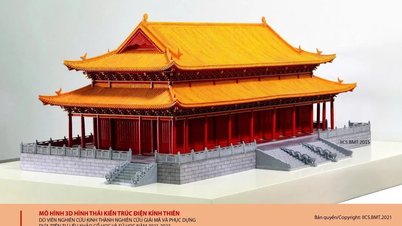





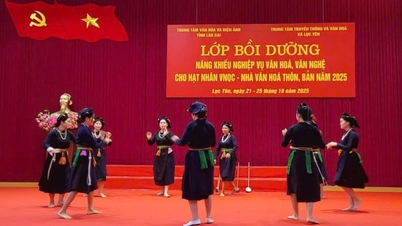


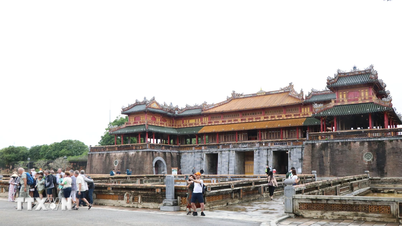




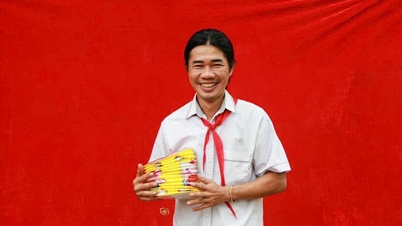

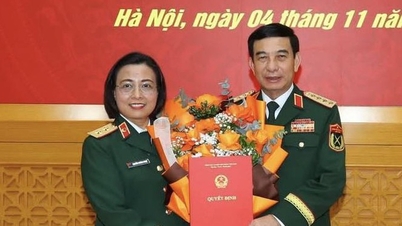

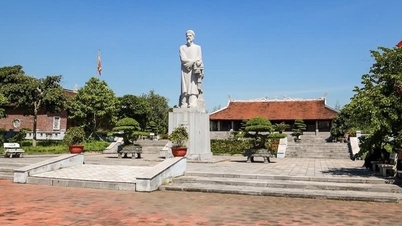


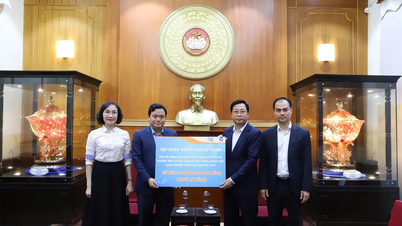


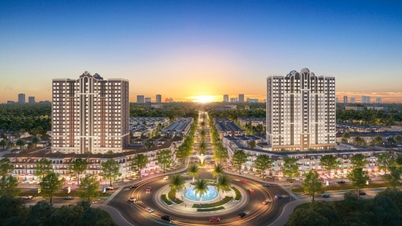
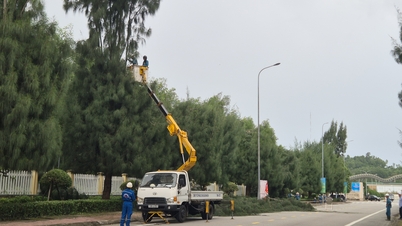
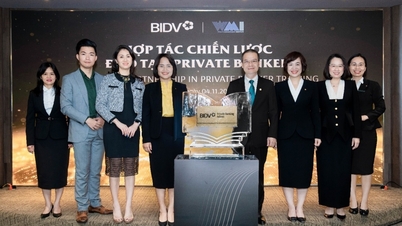



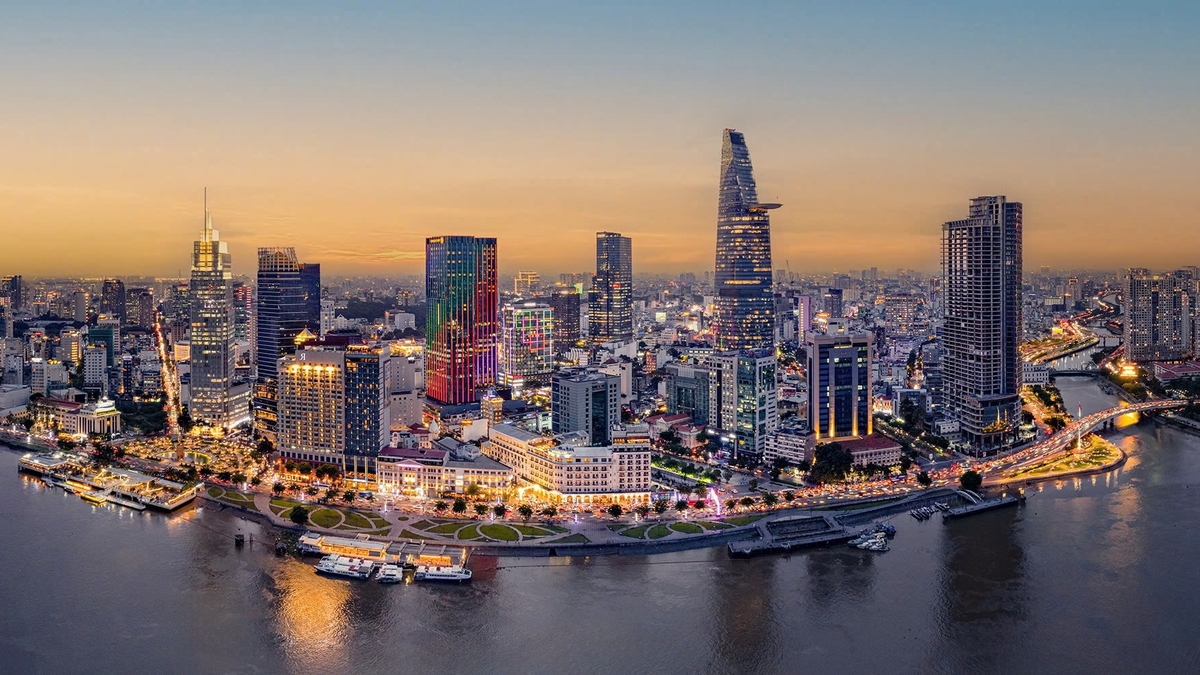
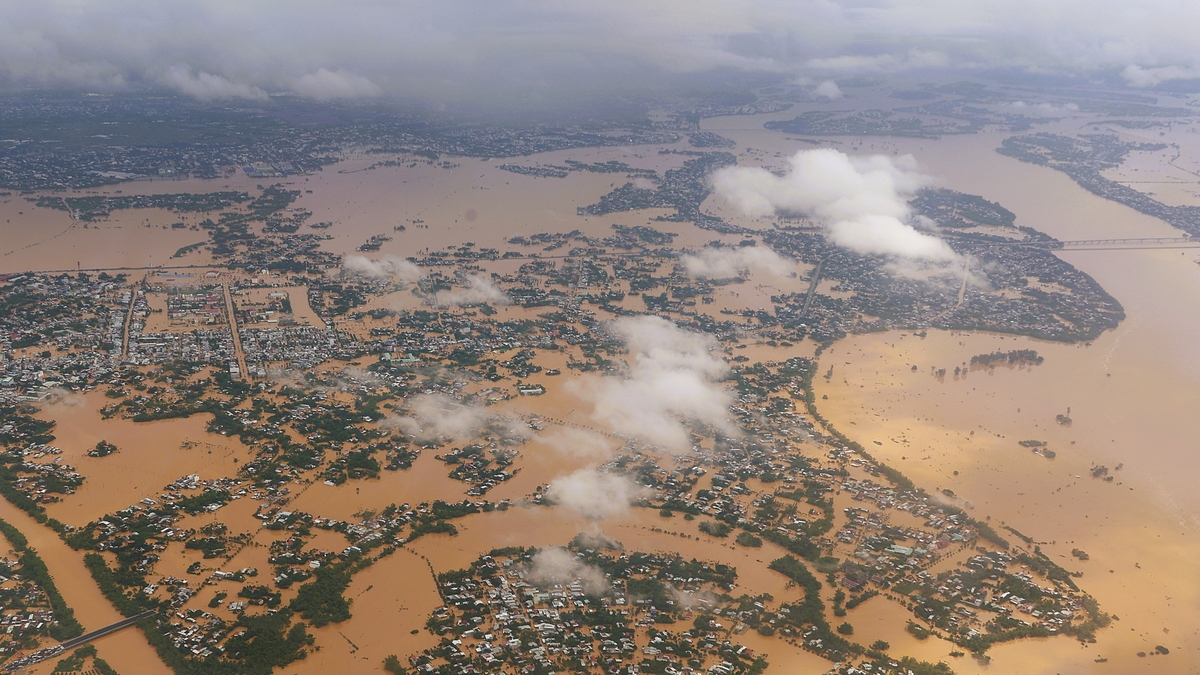
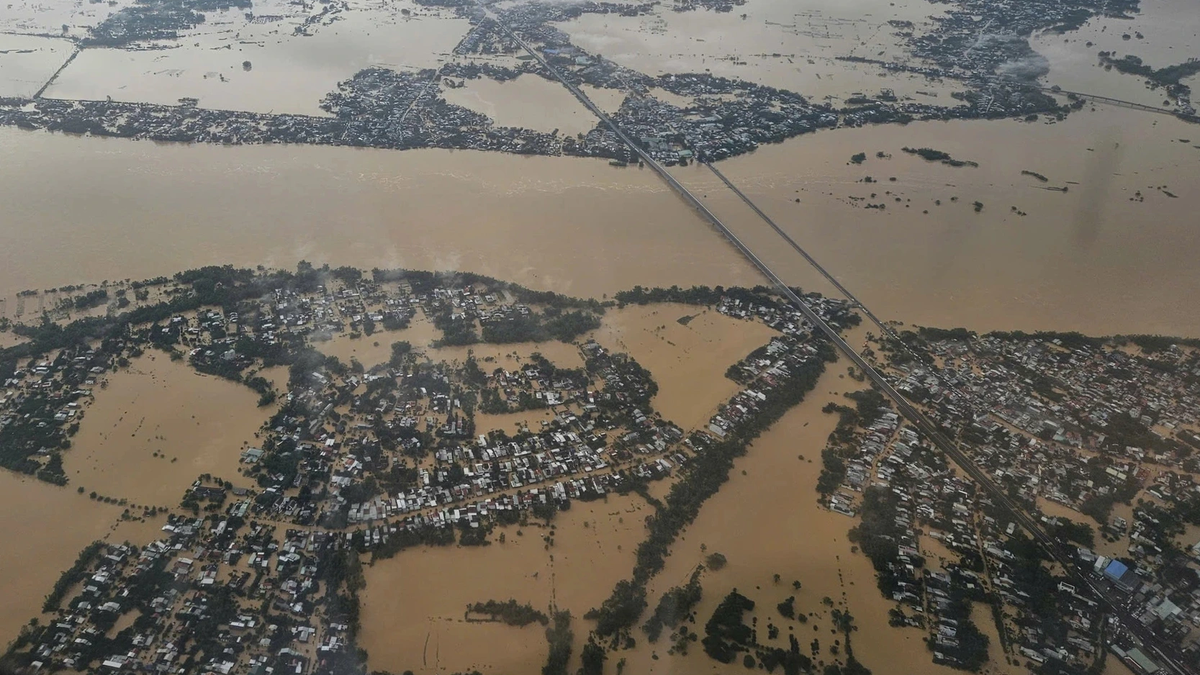


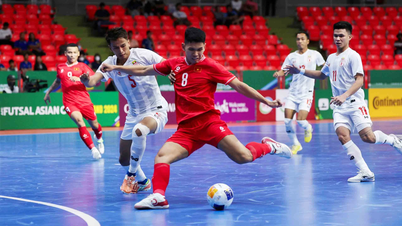
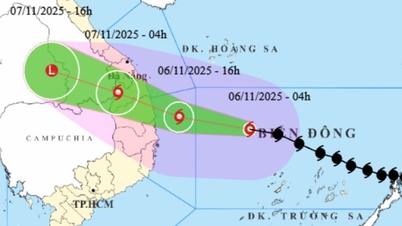


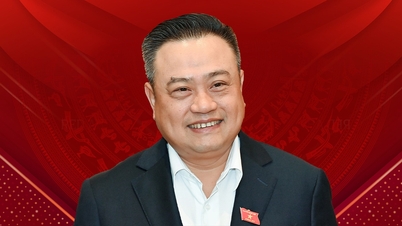

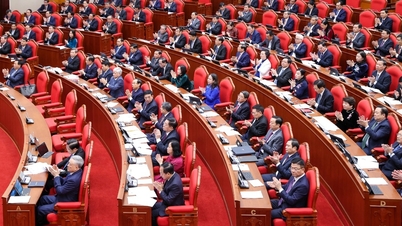
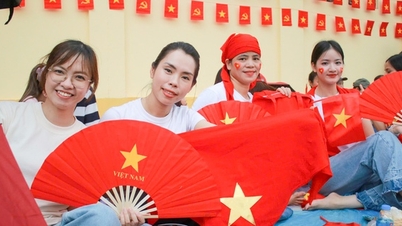



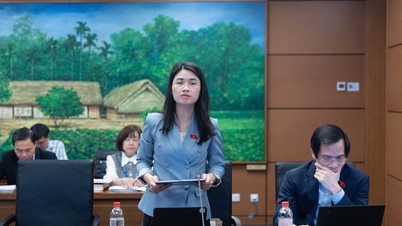

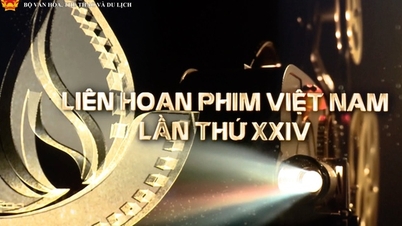

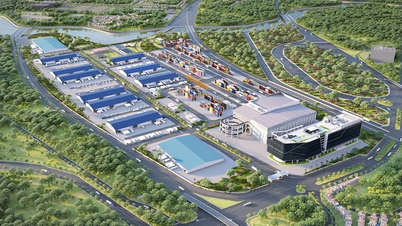





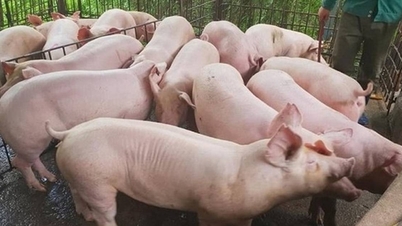

















Comment (0)